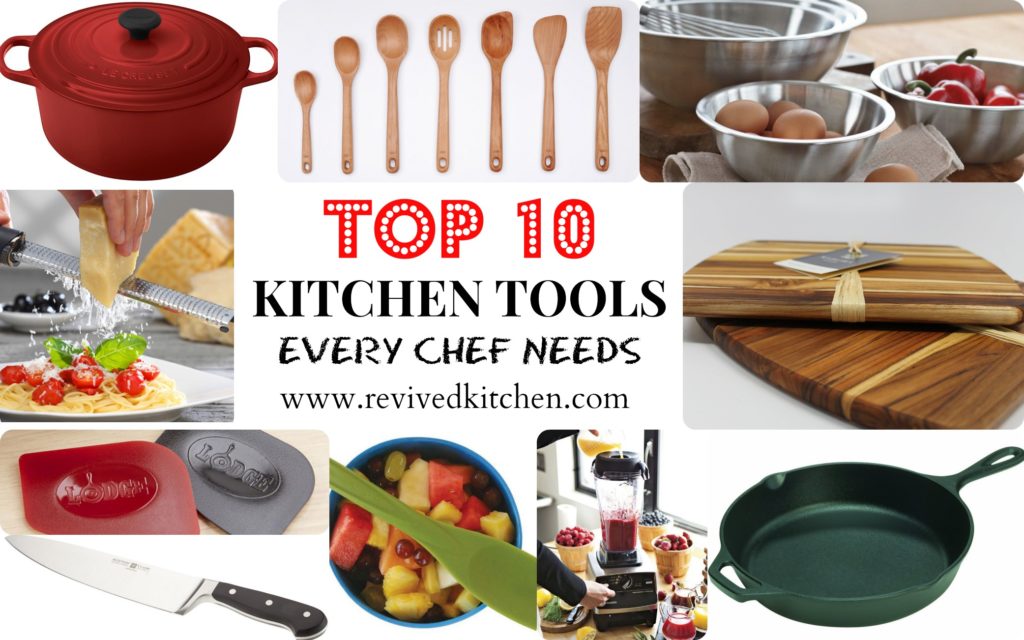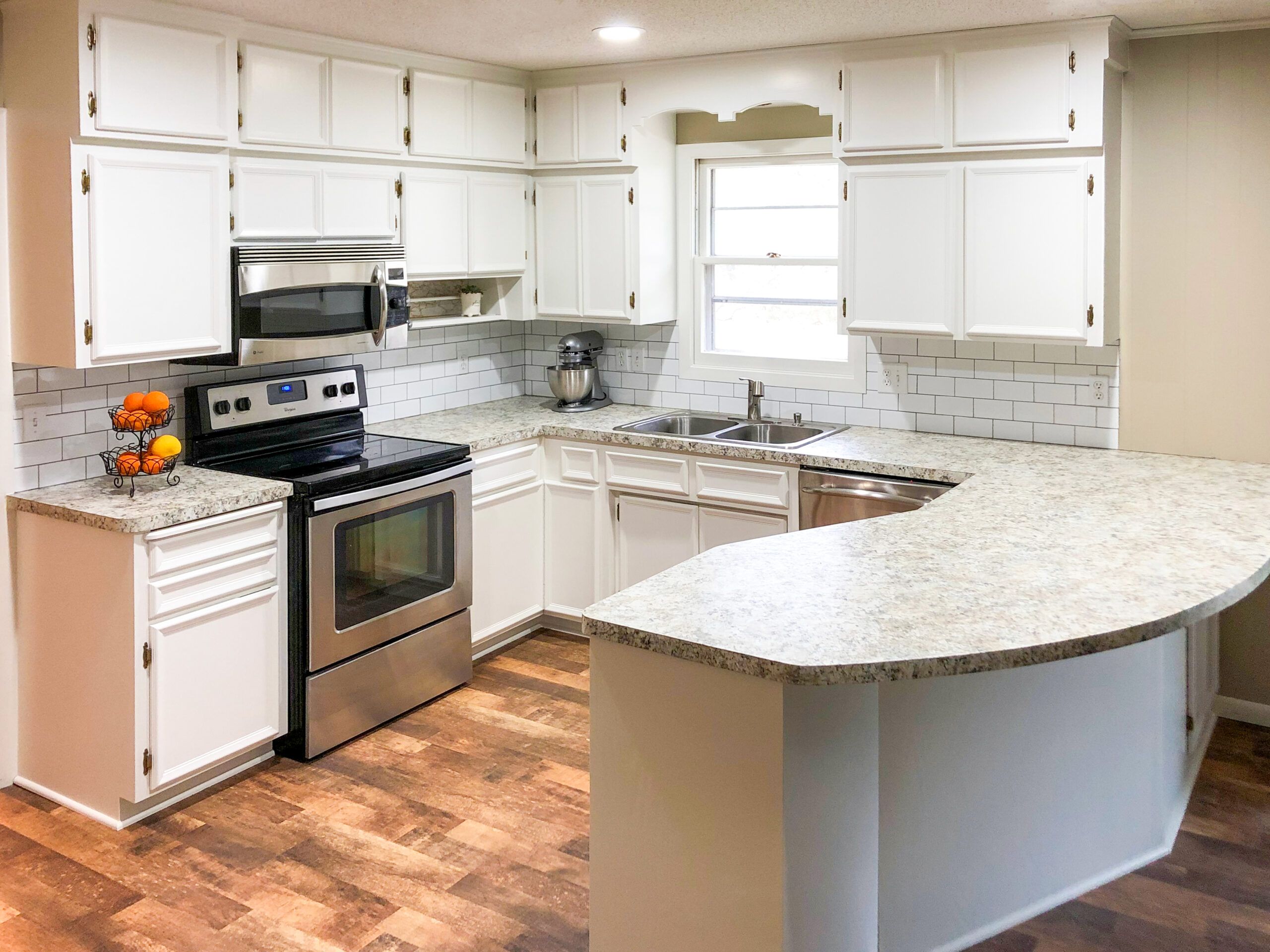Adding a kitchen pantry—the very phrase conjures images of organized spices, neatly stacked cans, and a blissful absence of overflowing countertops! This isn’t just about adding storage; it’s about transforming your kitchen from a chaotic culinary battlefield into a well-oiled, efficient food-preparation machine.
We’ll journey through the exciting (and sometimes slightly terrifying) process of designing, building, and organizing your very own culinary kingdom, complete with tips, tricks, and enough humor to keep you chuckling through the measuring tape mayhem.
From meticulously planning the perfect layout to choosing the right materials and battling unruly shelving, we’ll cover it all. We’ll explore the aesthetic side, too – because a pantry that’s both functional and fabulous is the ultimate kitchen goal.
Get ready to ditch the overflowing bags of rice and embrace the organized joy of a pantry perfectly suited to your needs and style.
Adding a Kitchen Pantry: A Culinary Construction Caper

So, you’re dreaming of a kitchen pantry – that magical realm of organized culinary chaos, where spices sing in perfect harmony and cans stand at attention? Fantastic! Whether you’re tackling a complete kitchen renovation or simply yearning for a little more storage space, adding a pantry can transform your cooking experience.
This guide will take you on a whimsical journey, from planning the perfect pantry layout to organizing your culinary kingdom. Prepare for a dash of humor, a sprinkle of practicality, and a whole lot of pantry perfection.
Planning Your Pantry
Before you even think about hammering a nail, careful planning is key. Think of it as the architectural blueprint for your culinary masterpiece. This stage involves measuring, designing, and itemizing – a pre-construction checklist to avoid any future pantry pandemonium.
Measuring your available space is crucial. Grab a tape measure, a notepad, and perhaps a celebratory biscuit; you’re about to embark on a crucial mission. Note the width, depth, and height of your designated pantry area. Consider factors like existing plumbing, electrical outlets, and structural elements – don’t want to accidentally knock down a supporting wall!
Here’s a list of essential pantry items and their storage needs. Remember, this is a flexible guide – adjust it to fit your unique culinary preferences:
- Canned goods:Shelving with adjustable heights is your best friend.
- Dry goods (flour, sugar, rice):Airtight containers are crucial to maintain freshness and prevent infestations.
- Spices:A rotating spice rack or a dedicated drawer for easy access.
- Baking supplies:Consider pull-out drawers or shelves for easy access to baking sheets and pans.
- Snacks:A designated area for easy grabbing – perhaps a lower shelf for the kiddos!
Pantry door styles significantly impact space utilization. Let’s compare some popular options:
| Door Style | Space Efficiency | Pros | Cons |
|---|---|---|---|
| Swinging | Moderate | Classic, provides full access | Requires significant swing space |
| Sliding | High | Space-saving, sleek design | Can be more expensive |
| Bi-fold | High | Space-saving, good access | Can be less durable than swinging doors |
| Very High | Completely disappears into the wall | Requires significant wall space and construction |
Building or Installing a Pantry
Now for the construction phase! Whether you’re building from scratch or installing a pre-fabricated unit, careful planning and execution are vital. Let’s explore both avenues.
Learn about more about the process of Halloween decorations with paint in the field.
Building a freestanding pantry unit is a rewarding project. It offers maximum customization but requires carpentry skills and tools. Here’s a simplified step-by-step guide:
- Design and planning:Sketch your pantry, including dimensions and shelving.
- Material selection:Choose materials (wood, MDF, metal – see table below).
- Cutting and assembling:Cut the materials to size and assemble the frame.
- Shelving installation:Install shelves, ensuring they are securely fastened.
- Finishing:Sand, prime, and paint or stain the pantry.
| Material | Cost | Durability | Maintenance |
|---|---|---|---|
| Wood | High | High | Moderate (staining, sealing) |
| MDF | Medium | Medium | Low |
| Metal | Medium-High | High | Low |
Installing pre-fabricated units is generally quicker and easier. Ensure the unit fits your space perfectly and that you account for wall type and electrical outlets. Securely fasten the unit to the wall studs for stability.
Properly securing shelving is crucial to prevent collapses. Use appropriate fasteners and ensure shelves are evenly distributed to handle the weight.
Organizing and Maintaining Your Pantry

A well-organized pantry is a joy to behold – and use! Let’s delve into strategies for maximizing space and minimizing chaos.
Effective shelf organization involves using vertical space, utilizing containers for uniformity, and grouping similar items together. A FIFO (First-In, First-Out) system is key to preventing food waste – place newer items behind older ones.
Clear labeling is essential. Use labels that are easy to read and understand. Categorize items logically, making it easy to locate what you need. Consider using a system of colored labels for different food categories.
Regular cleaning is vital for maintaining a hygienic pantry. A simple checklist could include:
- Wipe down shelves regularly.
- Check for expired items and discard them.
- Sweep or vacuum the floor.
- Deep clean at least once a quarter.
Pantry Design Aesthetics, Adding a kitchen pantry
Let’s face it: a beautiful pantry is a happy pantry. Aesthetics don’t have to compromise functionality – in fact, they can enhance it!
Consider these design styles:
- Modern:Clean lines, minimalist design, neutral colors, sleek hardware.
- Rustic:Warm wood tones, open shelving, vintage-inspired containers.
- Farmhouse:White or cream cabinets, open shelving, natural materials, charming details.
Proper lighting is key. Consider recessed lighting or under-cabinet lighting to illuminate the entire pantry space, preventing shadowy corners and making it easy to find items.
Color and materials play a vital role in creating a visually appealing pantry. Consider using a consistent color palette that complements your kitchen’s overall design. The choice of materials will also impact the overall look and feel – from sleek metal to warm wood.
Incorporate decorative elements subtly. Think decorative canisters, personalized labels, or a small herb garden to add personality without sacrificing functionality.
Special Pantry Considerations
Adding a pantry to a small kitchen or an older home presents unique challenges, but with clever design solutions, these obstacles can be overcome.
In small kitchens, maximize vertical space, utilize slim shelving, and consider pull-out drawers for maximum efficiency. In older homes, work with existing architectural features, perhaps incorporating them into the design for a unique look.
Smart technology can enhance your pantry experience. Smart shelves can track inventory, while sensors can alert you to low stock. A pull-out pantry system provides excellent accessibility, particularly in tight spaces.
Closing Notes
So, there you have it – a comprehensive guide to conquering the kitchen pantry challenge. Whether you’re building from scratch, installing a pre-fab unit, or simply reorganizing your existing space, remember that the key is planning, creativity, and a healthy dose of patience (and maybe a little caffeine).
Your dream pantry, a haven of culinary calm, awaits. Now go forth and organize!
Question Bank: Adding A Kitchen Pantry
What’s the average cost of adding a kitchen pantry?
Costs vary wildly depending on size, materials, and whether you DIY or hire professionals. Expect anywhere from a few hundred dollars for a simple shelving unit to several thousand for a custom-built pantry.
Can I add a pantry to an existing kitchen without major renovations?
Often, yes! Freestanding pantries or clever use of existing space (like a narrow closet) can avoid major construction. However, larger pantries might require more extensive work.
How do I deal with plumbing and electrical needs in my new pantry?
Consult a qualified electrician and plumber. Incorrectly installing plumbing or electrical can be dangerous. Planning for these needs early is crucial.
What if my kitchen is incredibly small?
Don’t despair! Clever design, such as pull-out shelves, vertical storage, and slimline units, can maximize space even in the tiniest kitchens. Consider a narrow, tall pantry rather than a wide one.




